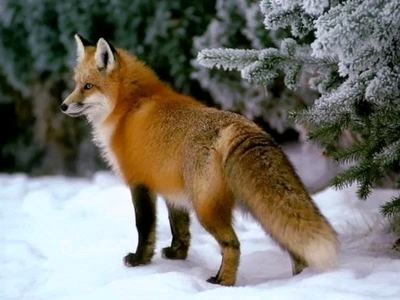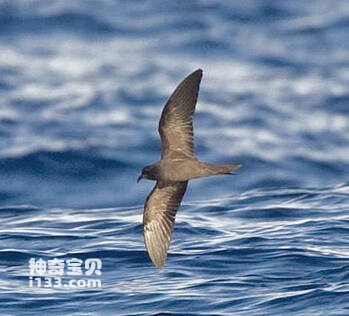
Oceanites oceanicus
Oceanites oceanicus,Wilson's Storm-Petrel
Smoke black fork tail petrel (scientific name: Oceanites oceanicus) foreign ···
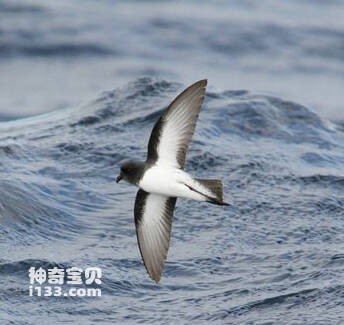
Garrodia nereis
Garrodia nereis,Gray-backed Storm Petrel
Garrodia nereis (Gray-backed Storm Petrel) is a congregating bird, either in···
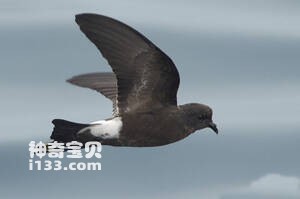
Oceanites oceanicus
Oceanites oceanicus,Wilson's Storm Petrel
Oceanites oceanicus, Wilson' s Storm Petrel is a kind of petrel.Yellow-w···
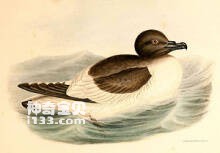
Thalassoica antarctica
Thalassoica antarctica,Antarctic Petrel
The Antarctic Petrel (Thalassoica antarctica, Antarctic Petrel) is a Marine ···
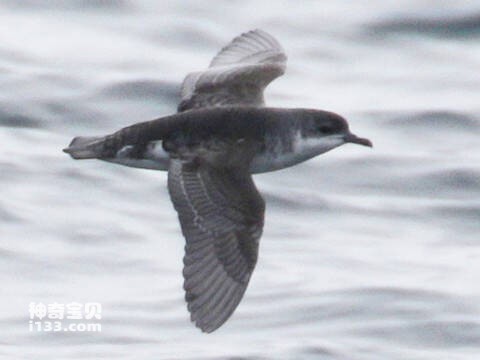
Puffinus elegans
Puffinus elegans,Subantarctic Shearwater
The Subantarctic Shearwater (Puffinus elegans) is a bird of the genus Puffin···
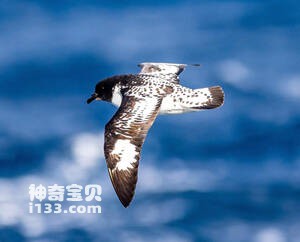
Daption capense
Daption capense
Its scientific name is Daption capense, but its specific habits are unknown.···
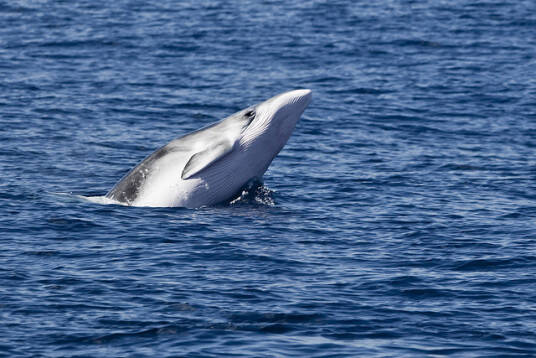
Balaenoptera bonaerensis
Antarctic baleen whale, Southern minke whale
Antarctic minke whale (scientific name: Balaenoptera bonaerensis) is also kn···
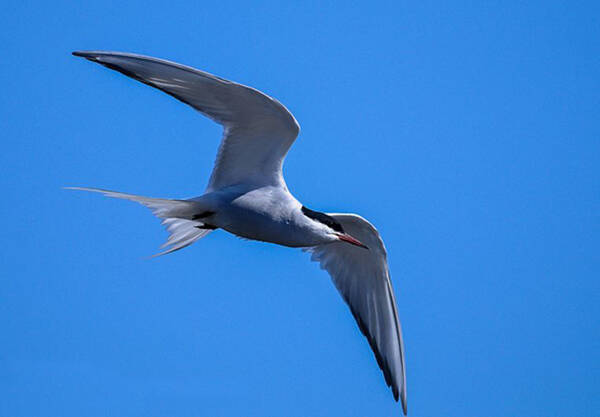
Sterna paradisaea
Arctic Tern ,Sterna paradisaea
The Arctic tern is a seabird belonging to the tern genus. It is medium-sized···
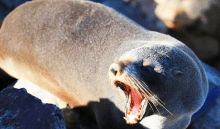
New Zealand sea lion
Phocarctos hookeri
The scientific name of New Zealand sea lion is Phocarctos hookeri, also know···
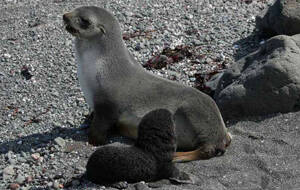
Arctocephalus gazella
Arctocephalus gazella,Kerguelen Fur seal,Island sea lions, sea wolves, Antarctic fur seals
The Antarctic fur seal (scientific name: Arctocephalus gazella) is called Ke···
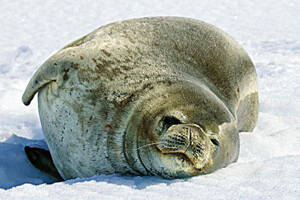
Leptonychotes weddellii
Leptonychotes weddellii,monk seal, Weddell seal, Weddell seal, Weddell seal
Weddell seal (Latin name: Leptonychotes weddellii), also known as Weddell se···
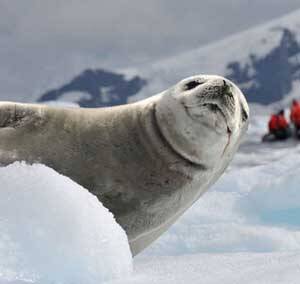
Lobodon carcinophagus
Lobodon carcinophagus,Crabeater seal
Sawtooth seals are called Lobodon carcinophagus in scientific name and Crabe···
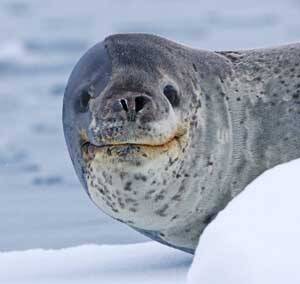
Hydrurga leptonyx
Hydrurga leptonyx,leopard seal,
Leopard seal (scientific name: Hydrurga leptonyx) is also known as leopard s···
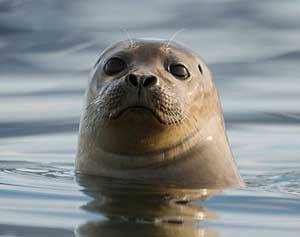
Phoca vitulina
Phoca vitulina ,Common seal
The scientific name of the harbor seal is Phoca vitulina (Linnaeus, 1758), a···
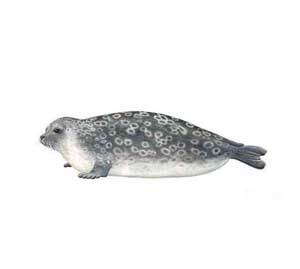
Phoca hispida
Phoca hispida,Ringed seal,Nordic seal, ice seal, ring seal
The scientific name of the ringed seal is Phoca hispida, and its foreign nam···
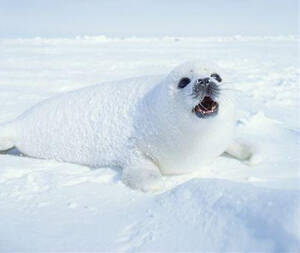
Pagophilus groenlandicus
Pagophilus groenlandicus,Harp Seal、Greenland Seal,Greenland seal, ice seal, Lyra seal, saddle seal
Harp seal (scientific name: Pagophilus groenlandicus) is also known as Harp ···
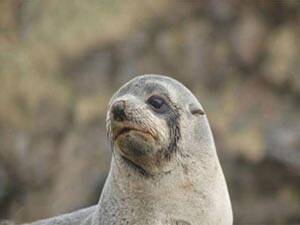
Ommatophoca rossii
Ommatophoca rossii,Ross seal, Ross seal
The big-eyed seal (scientific name: Ommatophoca rossii) is named because of ···
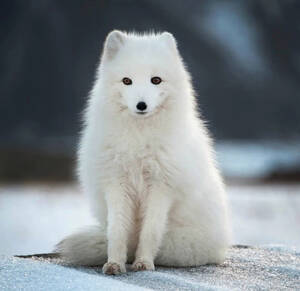
Vulpes lagopus
Vulpes lagopus,Arctic Fox,Blue fox, white fox
Arctic fox (scientific name: Vulpes lagopus) is called Arctic Fox in foreign···
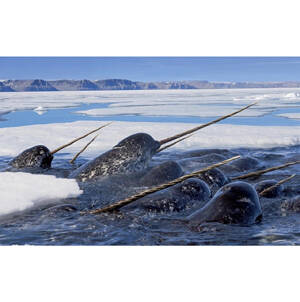
Monodon monoceros
Monodon monoceros,Narwhal、Unicorn Whale,Narwhal, Lance Whale
The scientific name of narwhal: Monodon monoceros, foreign names Narwhal, Un···
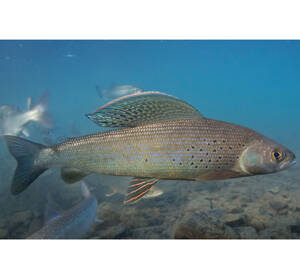
Arctic grayling
Thymallus arcticus
Arctic grayling (scientific name: Thymallus arcticus): is an animal of the f···
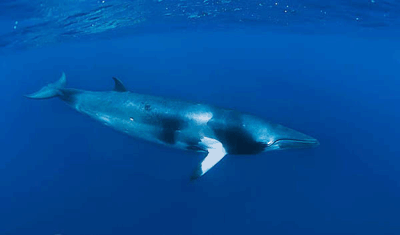
Balaenoptera acutorostrata
Balaenoptera acutorostrata,Minke Whale、Common Minke Whale,Minke whale, Sharp-billed whale
Minke Whale has two subspecies and is a small baleen whale of the genus Myst···
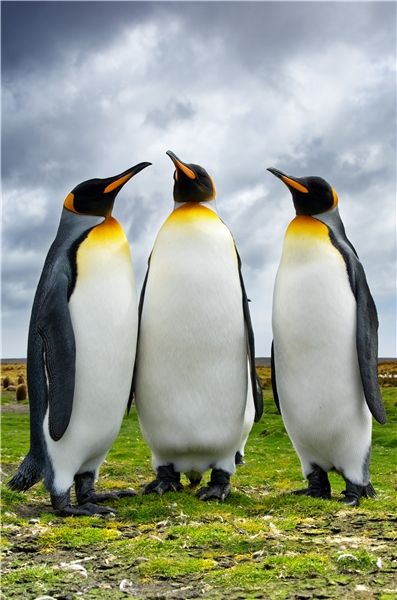
Emperor Penguin
Aptenodytes forsteri
Emperor penguins mainly live in the sea. They hunt, swim and play in the wat···
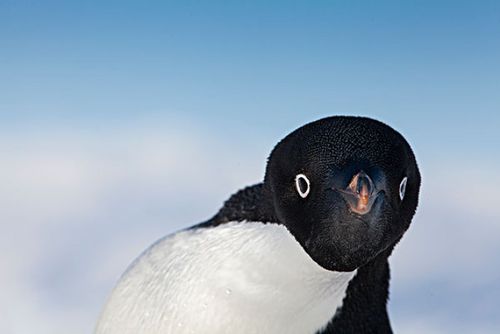
Adélie penguin
Pygoscelis adeliae
The legs of the Adélie penguin are light pink and the soles of the feet are···
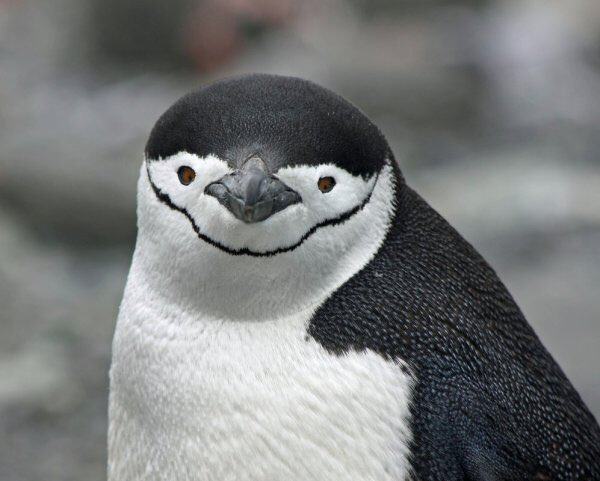
Pygoscelis antarcticus
chinstrap penguin, Police officer penguin, Antarctic penguin, chinstrap penguin, whiskered penguin, chinstrap penguin
As penguins that look like police officers, they are also very courageous an···
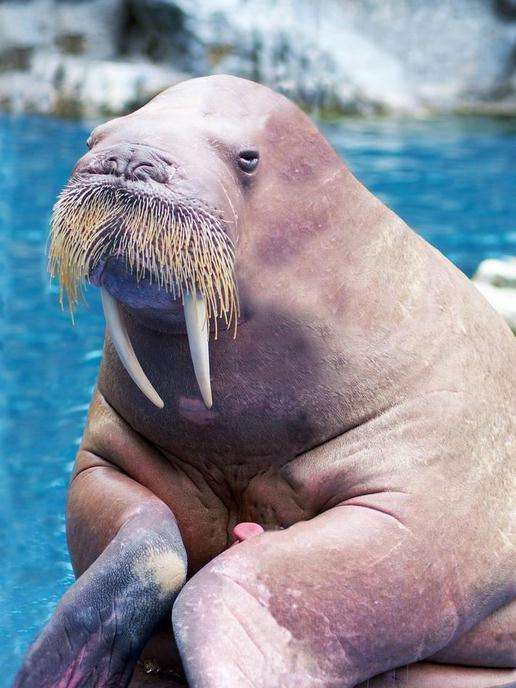
Odobenus rosmarus
Walrus, Seahorse
Walrus, as the name suggests, is the elephant in the sea. It has a huge body···
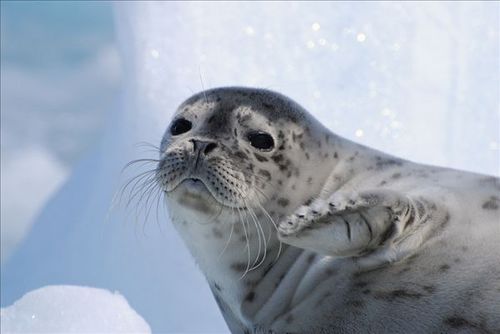
Phoca largha
Harbor seal, seal, fur seal, fur seal, western Pacific harbor seal
Sometimes they look out of the water, sometimes they dive for food, and some···
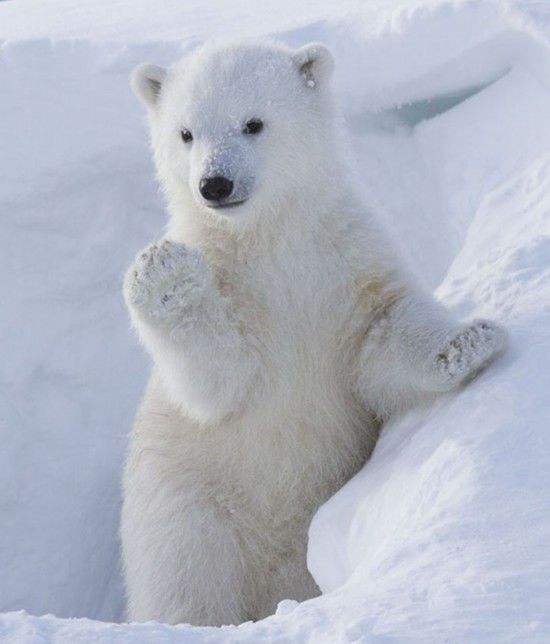
Polar Bear
Ursus maritimus,White bear, sea bear, ice bear
Polar bears are such good swimmers that they were once thought to be marine ···
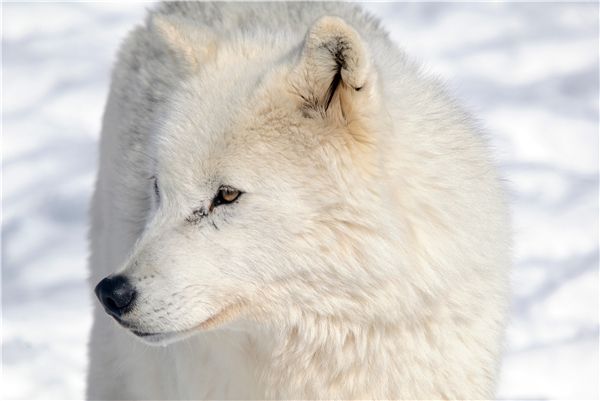
Arctic wolf
Canis lupus arctos, white wolf, snow wolf
Among the animals living in the Arctic, polar bears and Arctic foxes are ver···
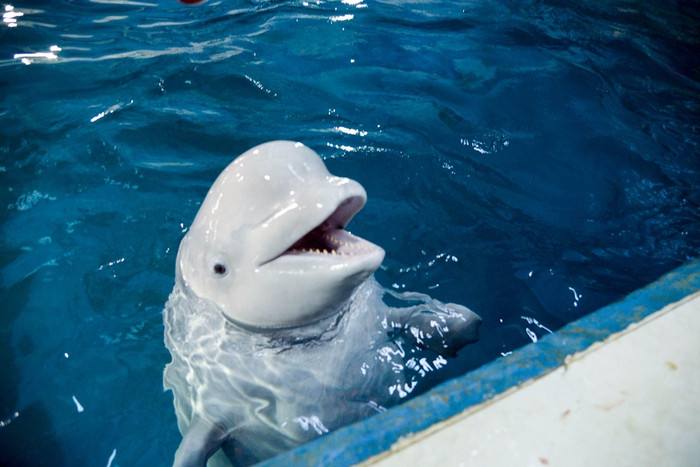
Beluga whale
Delphinapterus leucas, sea canary
As the name suggests, it is a white whale. It is called the cutest whale in ···

